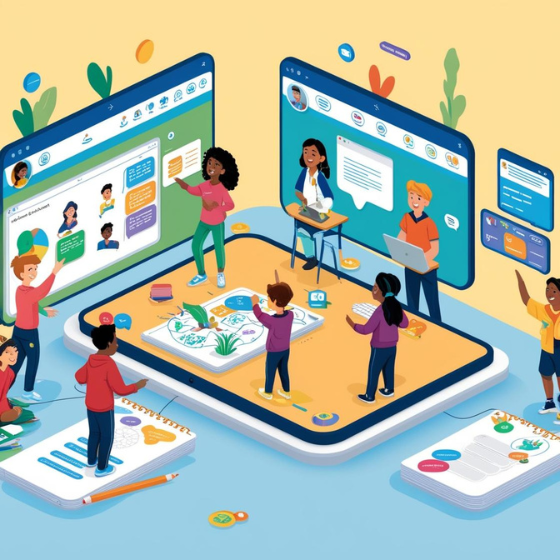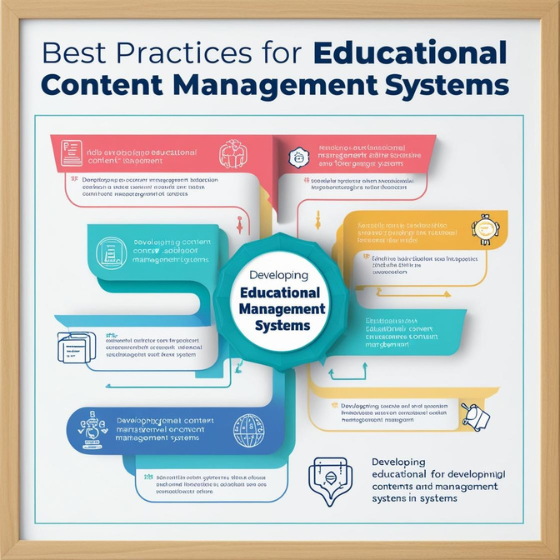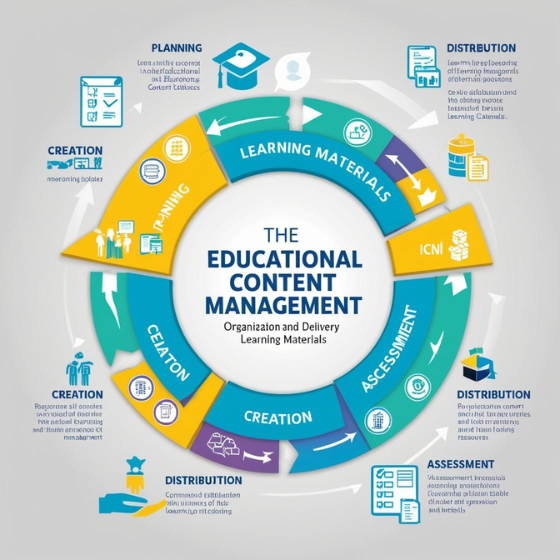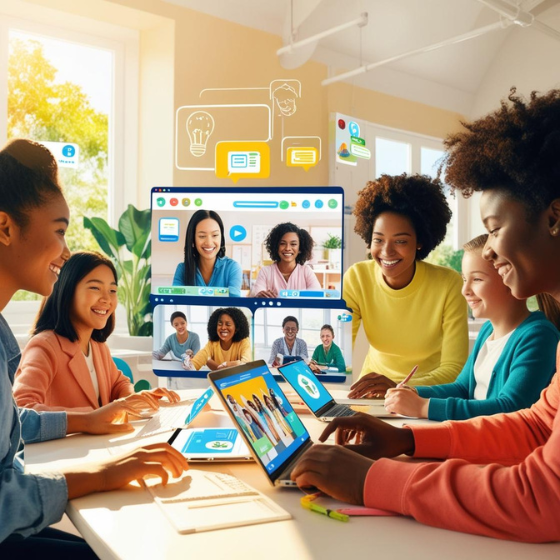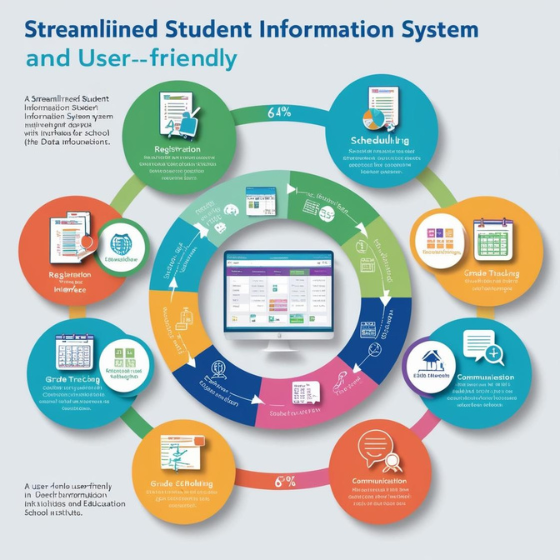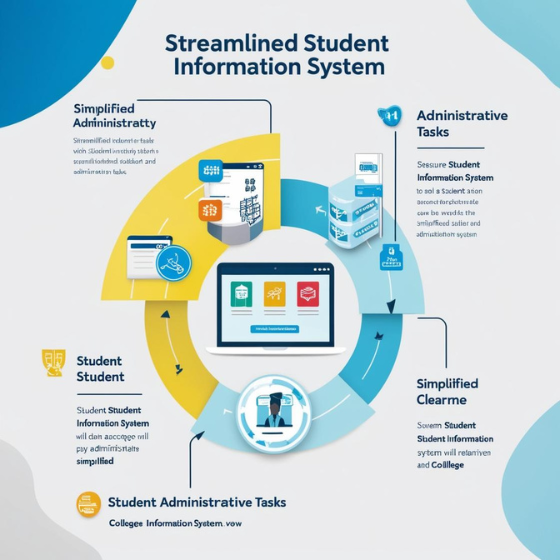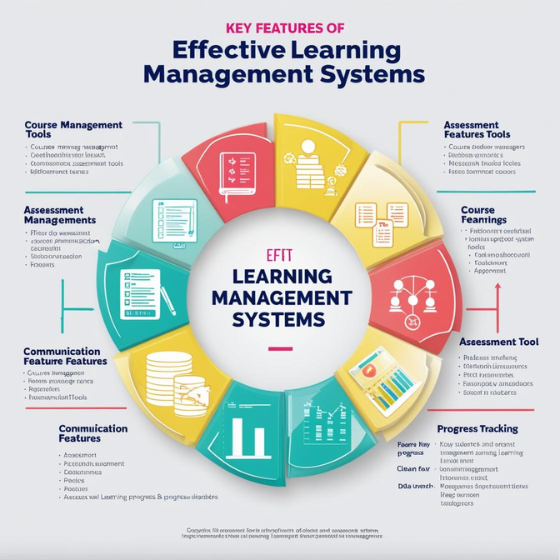Developing User-Friendly Virtual Classroom Platforms
In the ever-evolving education landscape, virtual classroom platforms have become indispensable tools for bridging gaps in learning. They provide the flexibility to educate without boundaries, enabling students and teachers to collaborate from anywhere in the world. However, the success of these platforms lies in one critical aspect: developing user-friendly virtual classroom platforms that prioritize seamless interaction and accessibility.
This blog will explore what makes a virtual classroom platform user-friendly, its key features, challenges in development, and how organizations can optimize their platforms to create superior educational experiences.
The Importance of User-Friendly Virtual Classroom Platforms
A virtual classroom platform isn’t just about technology—it’s about fostering an environment that mirrors the ease and engagement of a physical classroom.
Why User-Friendliness Matters
- Enhanced Engagement: A simple, intuitive interface keeps students and teachers focused on learning rather than navigating the platform.
- Accessibility for All: User-friendly platforms ensure that people with varying tech skills can participate seamlessly.
- Reduced Dropout Rates: An efficient platform can significantly improve user satisfaction, leading to better retention.
When developing user-friendly virtual classroom platforms, prioritizing usability directly impacts the effectiveness of online education.
Key Features of a User-Friendly Virtual Classroom Platform
Building an effective platform starts with incorporating features that simplify the teaching and learning process. Let’s explore the core components:
1. Intuitive Interface Design
The platform should be straightforward, with clear navigation and minimal learning curves.
- Best Practice: Use consistent design elements like icons and labels for easy understanding.
2. Interactive Tools
Interactive features such as live polls, quizzes, and whiteboards make learning dynamic.
- Example: Tools like Kahoot and Padlet are popular for keeping students engaged.
3. Mobile Compatibility
Given the rise in mobile device usage, virtual classrooms must be fully responsive.
- Solution: Build cross-platform functionality to cater to desktop and mobile users alike.
4. Personalization Options
Customizable settings allow users to adapt the platform to their preferences.
- Include themes, adjustable font sizes, and custom dashboards.
5. Real-Time Analytics
Instructors can monitor attendance, participation, and student performance in real time.
- Case Study: Sodio integrated analytics dashboards into their virtual classroom solutions, enabling educators to track progress effortlessly.
Challenges in Developing User-Friendly Virtual Classroom Platforms
While the benefits of these platforms are undeniable, creating a truly user-friendly experience requires overcoming significant challenges:
1. Balancing Simplicity with Functionality
Overloading a platform with features can overwhelm users, while oversimplification may compromise functionality.
- Solution: Focus on core features first and introduce advanced options incrementally.
2. Ensuring Scalability
Platforms must accommodate a growing number of users without performance lags.
- Best Practice: Use scalable cloud infrastructure to handle varying demands effectively.
3. Addressing Security Concerns
Handling sensitive student and teacher data comes with its risks.
- Pro Tip: Implement robust encryption, multi-factor authentication, and regular audits.
4. Cross-Device Compatibility
Ensuring consistent performance across different devices can be challenging.
- Approach: Adopt responsive design principles and extensive testing for various platforms.
Sodio’s Approach to Developing User-Friendly Virtual Classroom Platforms
At Sodio, we specialize in crafting virtual classroom solutions that deliver exceptional user experiences. Here’s what sets us apart:
1. Customized Solutions
Every institution has unique needs, and Sodio excels at creating tailored platforms to meet these requirements.
2. Seamless Integrations
Our platforms integrate smoothly with existing systems like Learning Management Systems (LMS), reducing transition hassles.
3. Advanced Analytics
We empower educators with actionable insights, helping them understand student engagement and performance trends.
4. Continuous Support
From implementation to post-deployment, our team offers ongoing technical support to ensure uninterrupted learning.
5. Innovative Features
We incorporate emerging technologies such as AI-driven personalization and AR/VR for immersive learning.
Curious about how we can elevate your virtual classrooms? Contact Sodio today.
Steps to Develop a User-Friendly Virtual Classroom Platform
Developing a platform that truly meets user needs requires a strategic approach. Below are the steps involved:
1. Understand the User Personas
Identify the needs of students, educators, and administrators to design a solution that caters to all stakeholders.
- Example: Include features like parental monitoring for younger learners.
2. Prioritize Simplicity in UI/UX Design
Focus on a clutter-free design with intuitive workflows.
- Tip: Conduct user testing to gather feedback and refine interfaces.
3. Optimize for Performance
Ensure fast loading times and low latency to avoid disruptions during live classes.
- Solution: Use Content Delivery Networks (CDNs) for faster content delivery.
4. Incorporate Interactive Features
Include breakout rooms, collaborative tools, and gamified elements to increase engagement.
5. Test Rigorously Across Devices
Thorough testing ensures consistent user experiences on different devices and browsers.
- Pro Tip: Conduct A/B testing to find the best-performing features.
6. Maintain Regular Updates
Keep the platform up to date with the latest features and security patches.
Case Study: Transforming Online Education with Sodio
Challenge:
A leading university sought a virtual classroom platform that was easy to use, scalable, and secure.
Solution:
Sodio developed a customized solution featuring:
- Intuitive dashboards for students and teachers.
- Integrated analytics for real-time performance tracking.
- Interactive tools like live polls and breakout rooms.
Result:
- 70% improvement in student engagement.
- 50% reduction in technical support requests.
- Seamless scalability to accommodate a 30% increase in users during peak periods.
Want results like these? Learn more about Sodio’s services.
The Future of Virtual Classroom Platforms
The demand for virtual learning solutions will only grow, driven by advancements in technology and changing educational needs. Key trends shaping the future include:
1. AI-Driven Personalization
Artificial Intelligence will enable adaptive learning paths tailored to individual student needs.
2. Immersive Technologies
Virtual Reality (VR) and Augmented Reality (AR) will make learning more engaging, particularly for complex subjects.
3. Blockchain for Certification
Blockchain technology will revolutionize how academic credentials are stored and verified.
4. Increased Gamification
Incorporating game mechanics will enhance motivation and participation among students.
Stay ahead of these trends by partnering with Sodio. Schedule a consultation today!
Conclusion
Developing user-friendly virtual classroom platforms is no longer a luxury—it’s a necessity for modern education. By focusing on intuitive design, robust features, and seamless functionality, institutions can create learning environments that truly empower students and teachers.
Sodio’s expertise in building tailored virtual classroom solutions ensures that your platform not only meets current needs but also evolves with future demands. Whether it’s ensuring accessibility, scalability, or cutting-edge technology, we’ve got you covered.
Your Next Step
Ready to transform your virtual classroom experience? Contact Sodio for a free consultation or explore our customized education solutions. Let’s redefine the future of learning together.
